Chitradurga Fort was known as Chitaldoorg during the British era. It is a massive fortification that stretches over several hills overlooking a flat valley in the district of Chitradurga in Karnataka, India. The name Chitradurga means ‘picturesque fort’ in Kannada, and true to its name, this place offers stunning views of the nearby hills and a calm, tranquil environment.
The fort was built between the 11th and 13th centuries by the dynastic rulers of the region including the Chalukyas and Hoysalas, and later the Nayakas of Chitradurga of the Vijaynagar Empire. The fort was expanded between the 15th and 18th centuries by the Nayakas of Chitradurga also known as Palegar Nayakas.
The massive Chitradurga Fort is spread across 1500 acres on a cluster of hills. The fort was constructed in many phases spread across eight centuries. Located in the beautiful state of Karnataka, the Chitradurga fort lies beside the river Vedavati. It lies at a distance of 200 km from Bengaluru, which makes it one of the most exciting weekend getaways from the city. This place has been known by several names like Chitrakaladurg and Chitradurga before the British named it Chittaldurg. Escape the noise and monotony of city life and plan an escape that takes you beyond the confines of time.
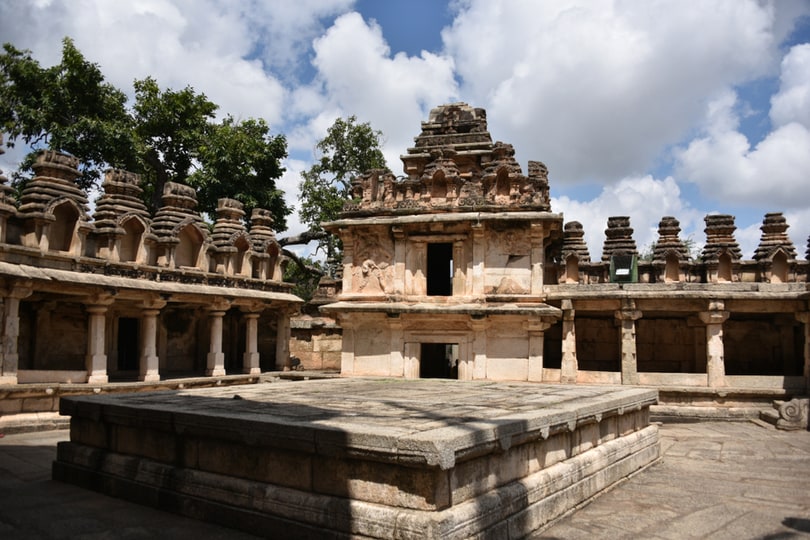
The Chitradurga Fort is decorated with several inscriptions of the Chalukyas, the Hoysalas, and the Vijayanagara Kings. These inscriptions are found in and around the fort. According to some inscriptions here, this area dates back to the 3rd millennium BC. Archaeologists have also found Ashokan period rock edicts near Brahmagiri that link Chitradurga to the Mauryan Empire during the reign of royal dynasties of Rashtrakutas, Chalukyas, and Hoysalas. However, the area that now houses the fort came into prominence only during the reign of the Nayakas of Chitradurga, also known as Paleygars (little kings), a feudatory of the Vijaynagar Empire.
The years from 1500 to 1800 AD proved to be turbulent for the Chitradurga Fort. The Vijaynagar Empire had taken this region from the Hoysalas and they brought the Nayakas, the traditional local chieftains of this area, under their control as their feudatory. Their dynastic reign ended in 1565. After 1565, the Nayakas of Chitradurga decided to rule this region independently and their clan ruled over it undisturbed for 200 years until the last of their rulers, Madakari Nayaka V, was defeated by Hyder Ali of the Kingdom of Mysore in 1779. The Chitradurga Fort bore witness to the rise and fall of empires, and during all this time, it remained central to their reigns, particularly for the Nayakas.
In 1779 the fort went to the Kingdom of Mysore. In 1799, the famous Tipu Sultan was killed by the British in the Fourth Mysore War, and the Mysore Kingdom was reordered under the Wodeyars. Chitradurga became a part of the Mysore province.
Chitradurga Fort is known as a stone fort due to its ramparts being made of heavy blocks of granite. It has several concentric walls, multiple entrances, four unseen passages, and thirty-five secret paths. In addition to all these features, the fort also has 2000 watchtowers.
As per historical records, Chitradurga Fort has witnessed several attacks from inimical forces. Hyder Ali, the father of Tipu Sultan, took over the fort in 1779.
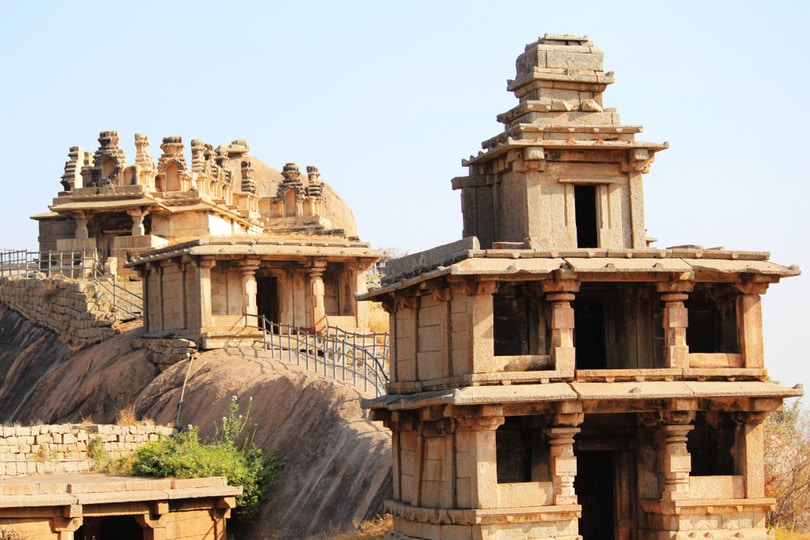
When the last Nayaka ruler, Madakari Nayaka V was ruling the fort, Hyder Ali tried to capture it. There was a crevice in the structure that was discovered by Hyder Ali’s army. However, a woman was guarding this crevice on behalf of her husband at the time when Ali’s men tried squeezing through it at night. The brave woman saw this and killed the trespassers by hitting their heads with wooden rods. When her husband returned later, he found the bodies of dead soldiers at the crevice in the fort. He immediately alerted Madakari Nayaka V and his soldiers about the invasion. However, Hyder Ali was successful in invading and overpowering the fort. Nonetheless, the story of the brave woman was not forgotten and she became famous for trying to protect the kingdom.
Tipu Sultan commissioned more work on the fort and even built a mosque in it. However, the British colonial forces took control of the fort in their hands after killing Tipu Sultan, and then gave it to the Mysore government after independence.
According to folk legend, the hills surrounding the fort had significance during the time of the Mahabharata. It is believed that a ferocious man-eating giant Hidimb lived on the Chitradurga hill and terrorized everyone around. Thousands of years ago when Bhima, one of the Pandava brothers, was wandering in exile with his brothers and their mother Kunti, he came across this demon. Hidimb challenged Bhima to a duel. Hidimba was slain by Bhima, and peace returned to the region. It is also believed that the boulders present here were used as an arsenal during the duel.
The fort lies embellished with eighteen temples. Some of the well-known temples are the Hidimbeswara, Sampige Siddeshwara, Ekanathamma and Phalguneshwara. .
The Hidimbeshwara Temple displays the tooth of Hidimb- the giant that was slain by Bhima. It is believed that Hidimba, the sister of the giant Hidimb, used to live in this temple with her brother. She fell in love with Bhima, married him, and they both bore a child named Ghatotkacha. This place also houses a large cylinder, which is popularly called the Drum of Bhima. Besides this, you can see a monolithic pillar and two swing frames at the gate of the temple. Sampige Siddeshwara temple is at the foot of the hill. In the Gopalakrishna Temple, inscriptions date the idol back to the early 14th century. In the lower fort, a temple dedicated to the tutelary deity of the Nayaka Palegars, the Uchchangiamma or Uthsavamba, was built amidst the rocks of the fort complex on the hill. A famous religious institution of the Lingayats, the Murugarajendra Matha, was originally located within the fort premises. It is now situated about 2kms northwest of the Chitradurga fort.
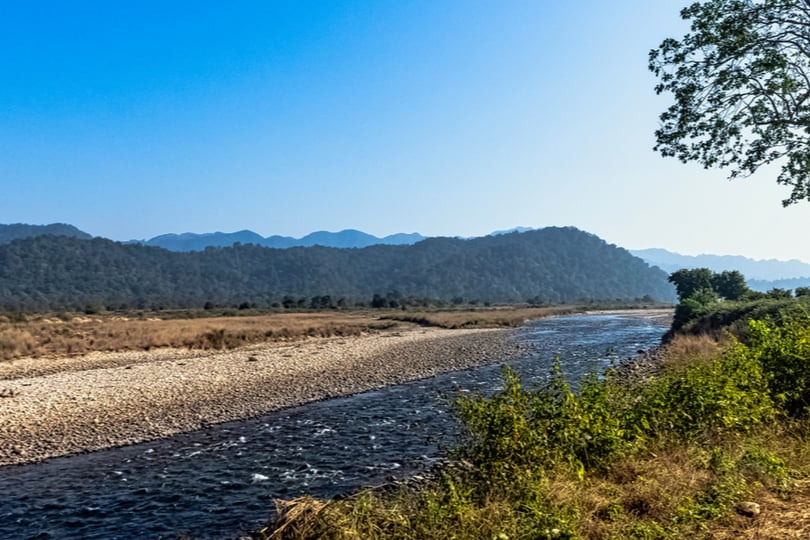
Chitradurga was called by many names until it was named Chitaldrug during the British reign. Afterward, the name was changed to Chitradurga. The place is a treat to the eyes and soul. Surrounded by lush greenery, rolling hills, and clear skies, this place is a welcome retreat from the noise, dust, and pollution of the cities. It is situated in the valley of the River Vedavati and showcases picturesque landscape. The place was named after a hill shaped like an umbrella found here.
The Chitradurga Fort has a rich and varied history and has also been mentioned in the famous Indian epic- the Mahabharata. The elegance of the place will mesmerize you, and it won’t be an exaggeration to say that you would fall in love with the fort in a heartbeat. The deep valley, the hills surrounding the fort, the scenic beauty, rich history, and mysterious folklore are a few of the reasons why this place has managed to attract people from all over the world. Apart from the fort and the places inside it, there are many other places to see nearby.
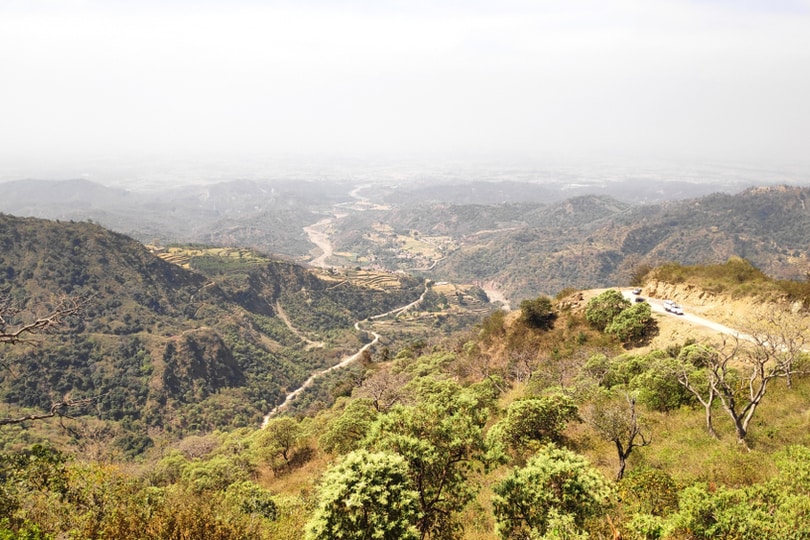
This place is blessed with incredible beauty and rich history. Therefore, there is no dearth of places to see here. Some of the important tourist spots here include-
It’s impossible to say too much about the fort, the history, and the legend surrounding it. This fort needs to be visited if you want to understand and appreciate its turbulent yet glorious past. This man-made marvel that has braved the uncertainties of time is something worth exploring. The robust structure of this fort houses a citadel, temples, storage place for grain and oil and also facility for rainwater harvesting. A Masjid was added to the fort during Hyder Ali’s reign.
This temple is situated inside the Chitradurga fort, and the legend associated with the temple has been mentioned earlier in this article. The Hidibeshwar Temple is significant to the epic of Mahabharata. It is believed that the demonkind Hidimb challenged Bhima to a duel in which the former lost. The boulders surrounding the temple were used as arsenal in their fight. Bhima later married Hidimb’s sister Hidimba who used to stay in this temple along with her brother.
The Hidimbeshwar Temple is a magnificent example of Dravidian architecture. It has been carved from rock and features intricate designs and carvings.
This place is at a distance of 32km from Chitradurga, but it is simply worth the travel. It is constructed using modern-day engineering techniques. The view is enchanting and peaceful. If you want to spend some peaceful moments amid natural surroundings, this is the perfect spot for you.
Situated at a distance of 61 km from Chitradurga, Davangere is famous for Sri Anjaneya Swamy Temple located here. The temple features impressive artwork and beautiful portraits of various deities.
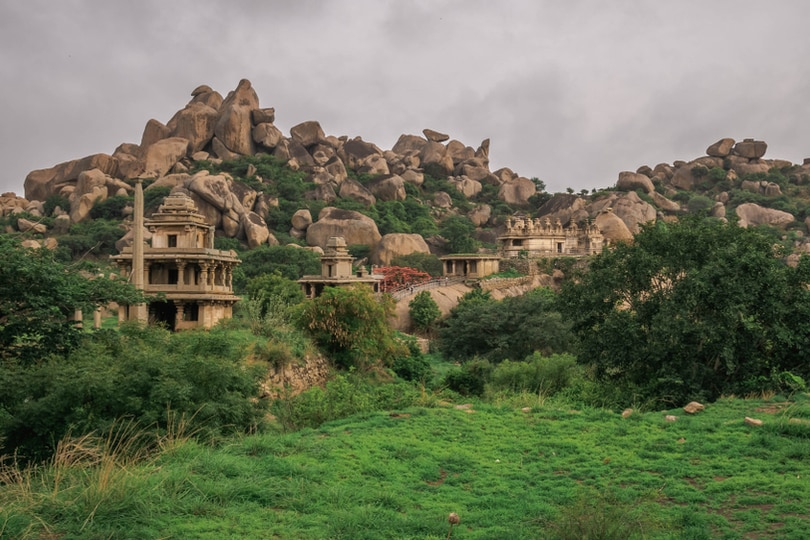
For all those who wish to visit this place, here is how you can get here-
By Air: There are two airports near Chitradurga, the first one is the Hubli Airport which is approx 186 km away and the second one is the Bangalore International Airport which is 197 km away. Buses and trains are available from there to reach the place
By Rail: This place has its railway station named Chitradurga railway station. The station is connected to the major cities of the country. It is advised to make your way to Bangalore and then take a train from there to Chitradurga. There are taxis available at the station.
By Road: The city has road connectivity from all the major cities. One can easily take a bus and reach this place. Both KSRTC buses and private buses are available. Taxis are available from there to take you to a hotel or for sightseeing.
Spend memorable days exploring the rich history and culture of Karnataka. Plan a trip to Chitradurga Fort and immerse yourself in an experience that defies the constraints of time.

Please go back to portrait mode for the best experience